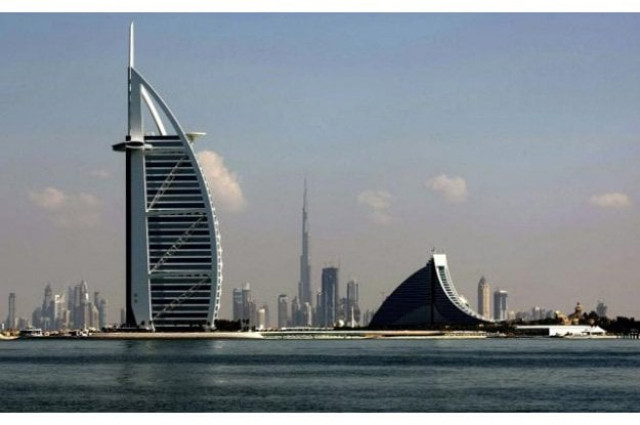The world over: ‘Cities serve the state’
Expansive boulevards representative of security interests, academic says

PHOTO: AFP
He made the remarks while speaking at Guerrilla Urbanism: Re-Imagining Our Place in the City. Haines discussed his research on the urban landscape of Islamabad, Dubai and Cairo in the two-hour-long discussion.
“I have focused on Cairo, Dubai and Islamabad because each represents the many modalities of modernity. Islamabad is a mid-century, early independence, post-colonial modernity. Dubai is a much more contemporary city, very much defined by global modernity and controlled by corporate interests. Cairo is steeped in history with various layers of diversity and history.”
“When we think about the modern city, we go back to Paris of the mid-1800s. This was a period of the rise of Napoleon the Third and the New Empire. The charge of Paris was given to Baron Haussmann.” Haines said the changes to Paris introduced by Haussmann had come to be known as Haussmannisation of the city.
“He built grand boulevards on the bank to the left of the Seine. These grand boulevards represent steps taken by the state when it began to lose control over urbanisation. These transformations were considered necessary because citizens were resisting the imperial state and wanted more democratic possibilities. They raised barricades across the streets and the small alleys of Paris became almost impossible for the state to penetrate.”
“Large boulevards reflect the state’s security interests. They are impossible to block, they allow smooth transportation and movement of the military. They serve militarisation, policing and control of the city.”
Quoting his research on Islamabad, Haines said, “Islamabad was conceived as an entity distinct from Rawalpindi. It was built as a city of segregation, to separate the bureaucracy from the commercial classes of Karachi and to separate them from “rascal politicians.” “Rawalpindi and Islamabad became connected through labour. Rawalpindi was to be the labour source. Just like what Sharjah is to Dubai,” he said.
Haines also spoke on the privatisation of public space. “This is a major issue in Cairo where public parks have become private spaces. In Dubai, there is very little public space. The city is controlled by developers who are building it for the state itself. One can also see this in Islamabad with Centaurus starting to charge those deemed unacceptable for entry. There is this narrative that holds Pindi responsible for compromising the possibilities of a safe and clean bourgeois lifestyle that Islamabad pretends to offer,” he said.
“A year before Hosni Mubarak’s regime was done away with, resistance against the state had been rising. Labour had been striking in industrial areas of Cairo. Women were protesting for rights and against increasing sexual harassment.
Lawyers and judges were protesting the ways in which the state was manipulating the judiciary. In 2011, all these forces came together. What happened was not just a simple demand for democracy.
Tahrir Square actually represented a claim to the city, a right to the city. It was about reasserting people’s will,” Haines remarked while commenting on the 2011 Egyptian Uprising.
Published in The Express Tribune, June 9th, 2016.

















COMMENTS
Comments are moderated and generally will be posted if they are on-topic and not abusive.
For more information, please see our Comments FAQ